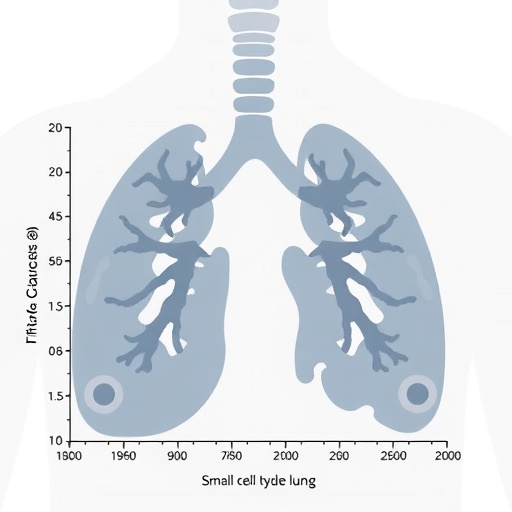A University of Minnesota Twin Cities-led team has found that electrical stimulation of the body combined with sound activates the brain’s somatosensory or “tactile” cortex, increasing the potential for using the technique to treat chronic pain and other sensory disorders. The researchers tested the non-invasive technique on animals and are planning clinical trials on humans in the near future.

Credit: SONIC Lab, University of Minnesota
A University of Minnesota Twin Cities-led team has found that electrical stimulation of the body combined with sound activates the brain’s somatosensory or “tactile” cortex, increasing the potential for using the technique to treat chronic pain and other sensory disorders. The researchers tested the non-invasive technique on animals and are planning clinical trials on humans in the near future.
The paper is published in the Journal of Neural Engineering, a highly regarded, peer-reviewed scientific journal for the interdisciplinary field of neural engineering.
During the experiments, the researchers played broadband sound while electrically stimulating different parts of the body in guinea pigs. They found that the combination of the two activated neurons in the brain’s somatosensory cortex, which is responsible for touch and pain sensations throughout the body.
While the researchers used needle stimulation in their experiments, one could achieve similar results using electrical stimulation devices, such as transcutaneous electrical nerve stimulation (TENS) units, which are widely available for anyone to buy at pharmacies and stores. The researchers hope that their findings will lead to a treatment for chronic pain that’s safer and more accessible than drug approaches.
“Chronic pain is a huge issue for a lot of people, and for most, it’s not sufficiently treatable,” said Cory Gloeckner, lead author on the paper, a 2017 Ph.D. alumnus of the University of Minnesota Twin Cities Department of Biomedical Engineering, and an assistant professor at John Carroll University. “Right now, one of the ways that we try to treat pain is opioids, and we all know that doesn’t work out well for many people. This, on the other hand, is a non-invasive, simple application. It’s not some expensive medical device that you have to buy in order to treat your pain. It’s something that we think would be available to pretty much anyone because of its low cost and simplicity.”
The researchers plan to continue investigating this “multimodal” approach to treating different neurological conditions, potentially integrating music therapy in the future to see how they can further modify the somatosensory cortex.
“A lot of people have been using acupuncture or electrical stimulation—non-invasive or invasive—to try to alter brain activity for pain,” said Hubert Lim, senior author on the paper and a professor in the University of Minnesota Twin Cities Department of Biomedical Engineering and Department of Otolaryngology. “Our research shows that when you combine this with sound, the brain lights up even more.”
Lim said this opens up a whole new field of using this bimodal and multimodal stimulation for treating diseases.
“It’s odd to think about using sound to treat pain, but if you think about what institutes like the University of Minnesota’s Center for Spirituality and Healing or the NIH’s National Center for Complementary and Integrative Health are doing, they’re looking at music therapy and combining other modalities with the traditional methods to be able to enhance healing of these types of conditions,” Lim said. “This research gives us a new, structured framework for doing that moving forward.”
The research was funded by the National Science Foundation, the Lions Hearing Foundation, the University of Minnesota Interdisciplinary Fellowship, and University of Minnesota Lab Startup Funds.
In addition to Gloeckner and Lim, the research team included University of Minnesota Twin Cities Department of Biomedical Engineering alumnus Jian Nocon (B.S. BME ‘17).
Journal
Journal of Neural Engineering
DOI
10.1088/1741-2552/ac7665
Method of Research
Experimental study
Article Title
Topographic and widespread auditory modulation of the somatosensory cortex: potential for bimodal sound and body stimulation for pain treatment
Article Publication Date
23-Jun-2022





